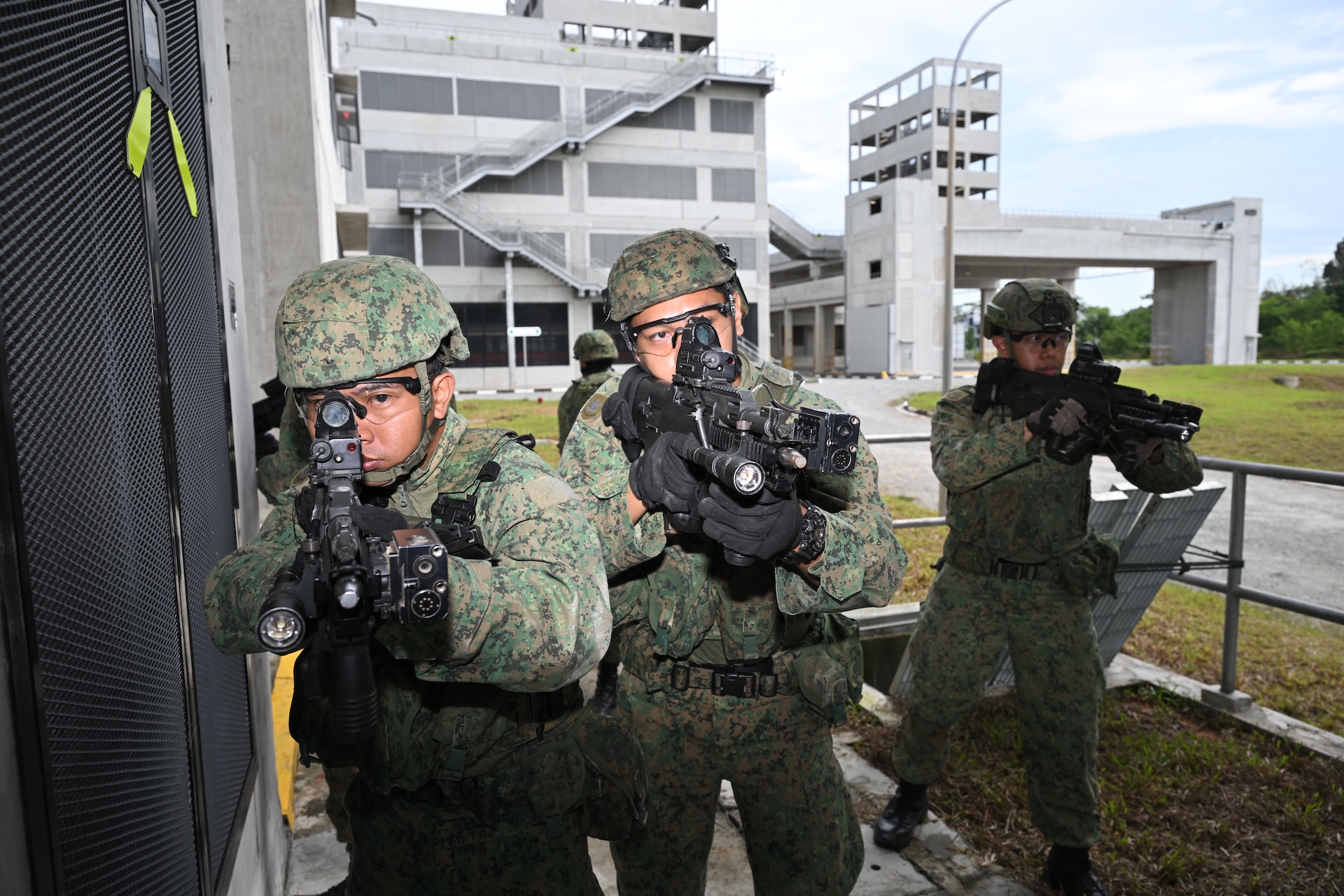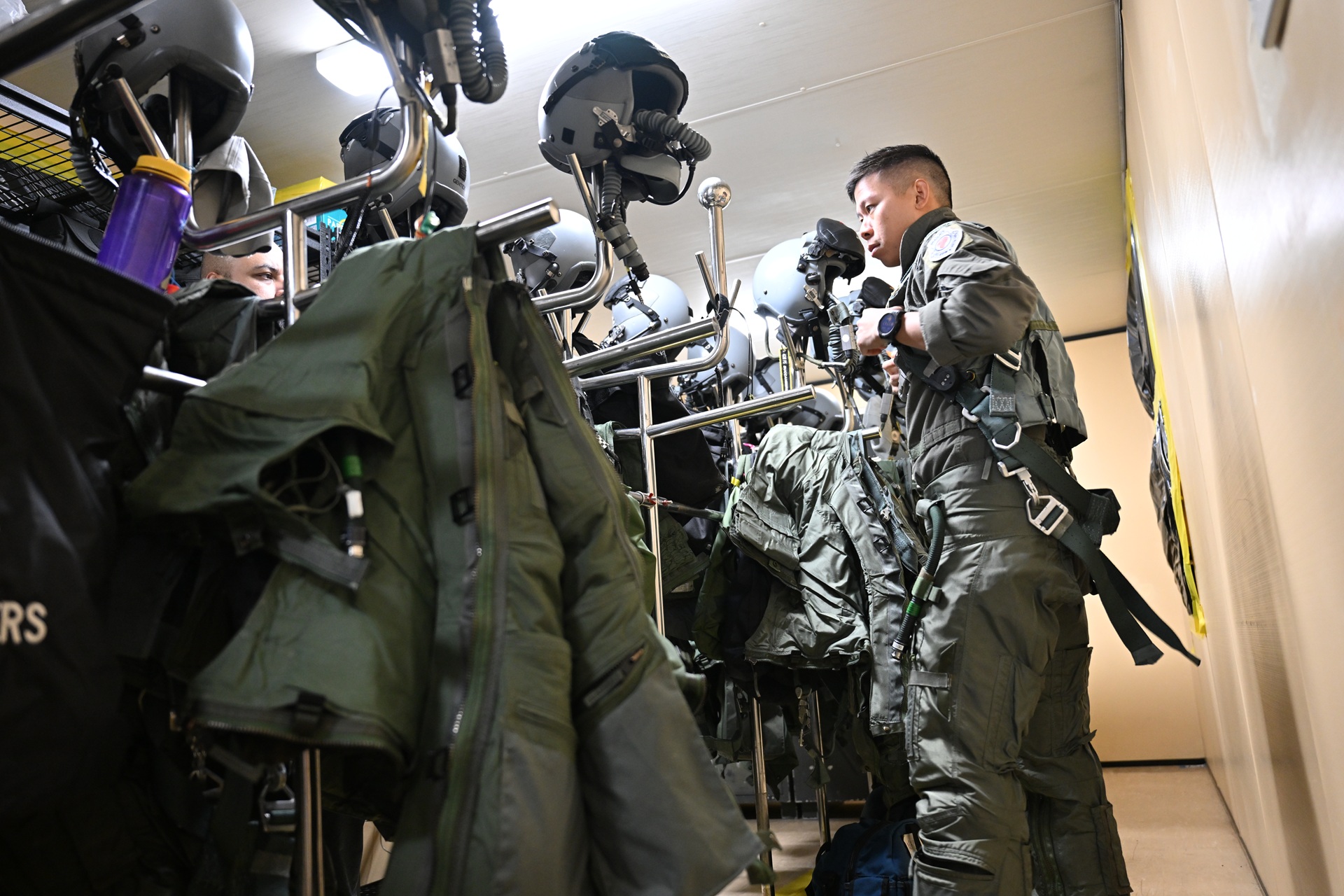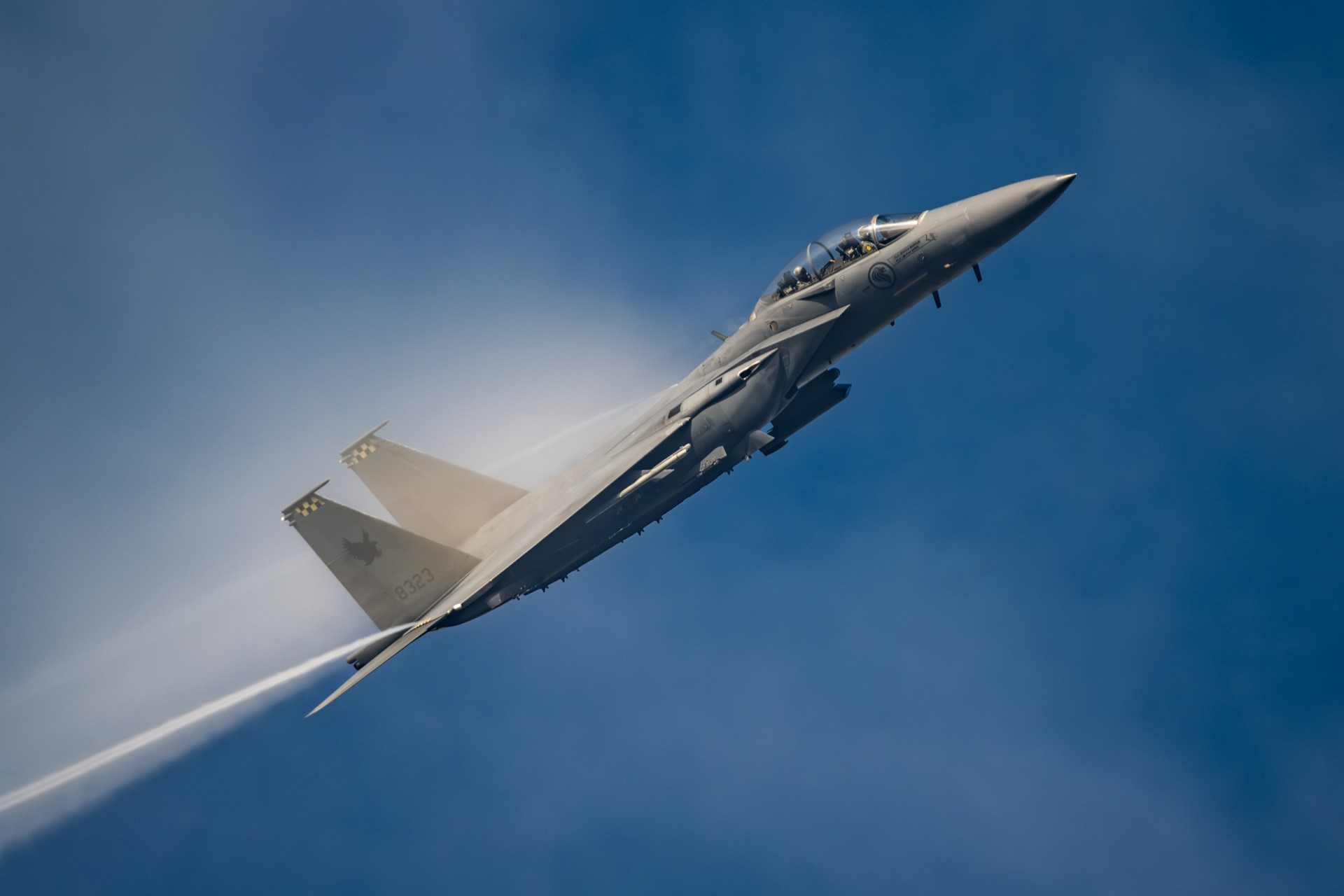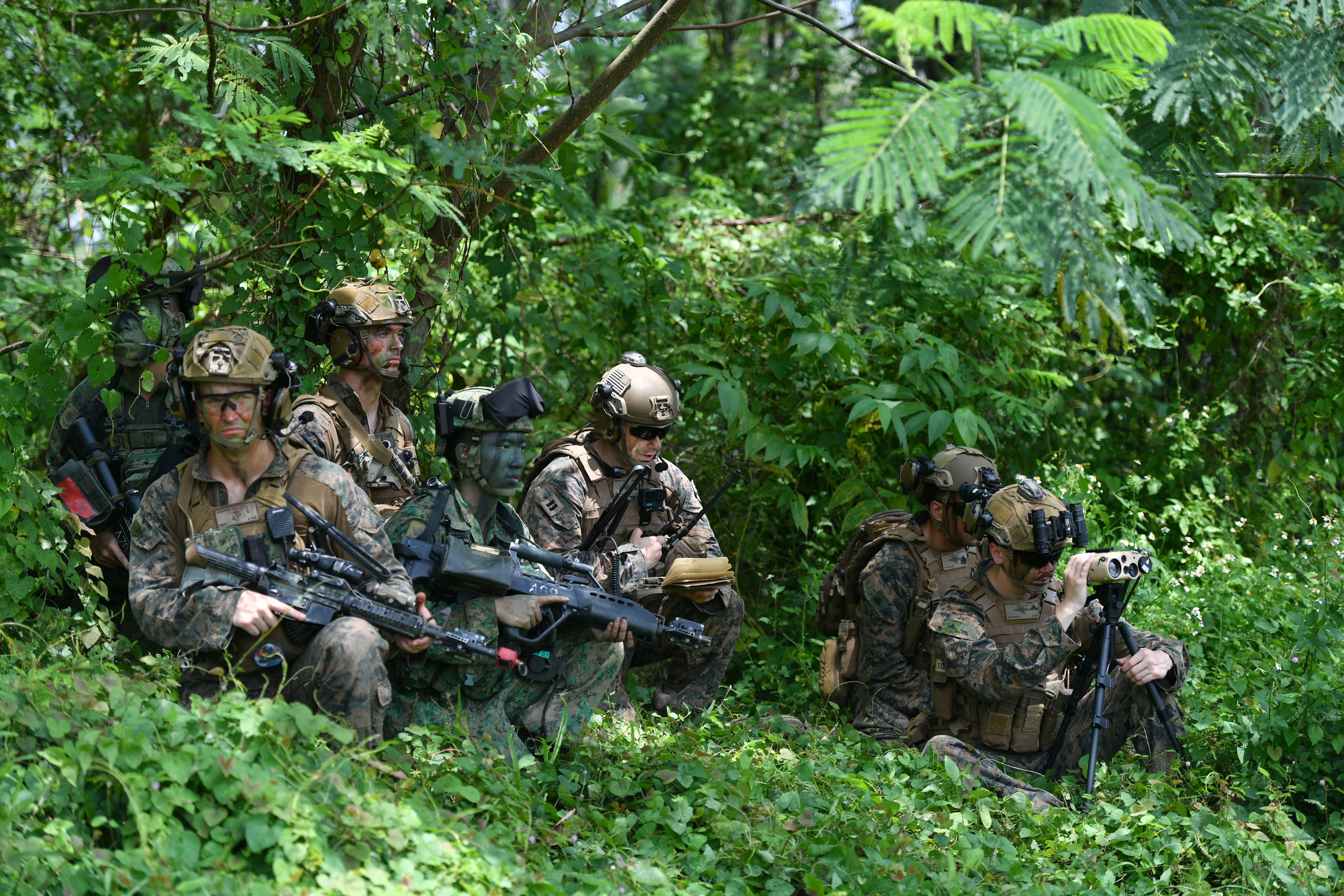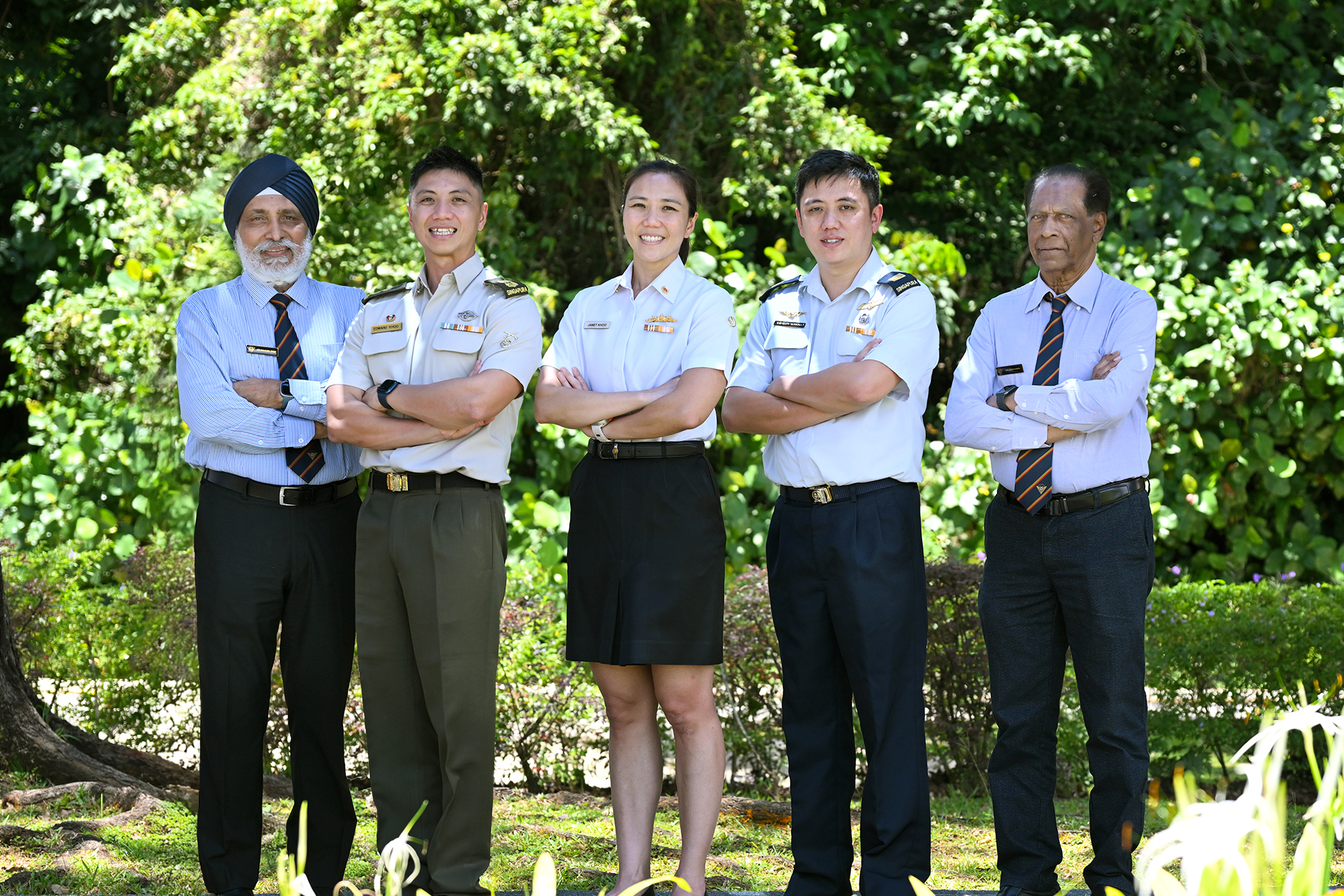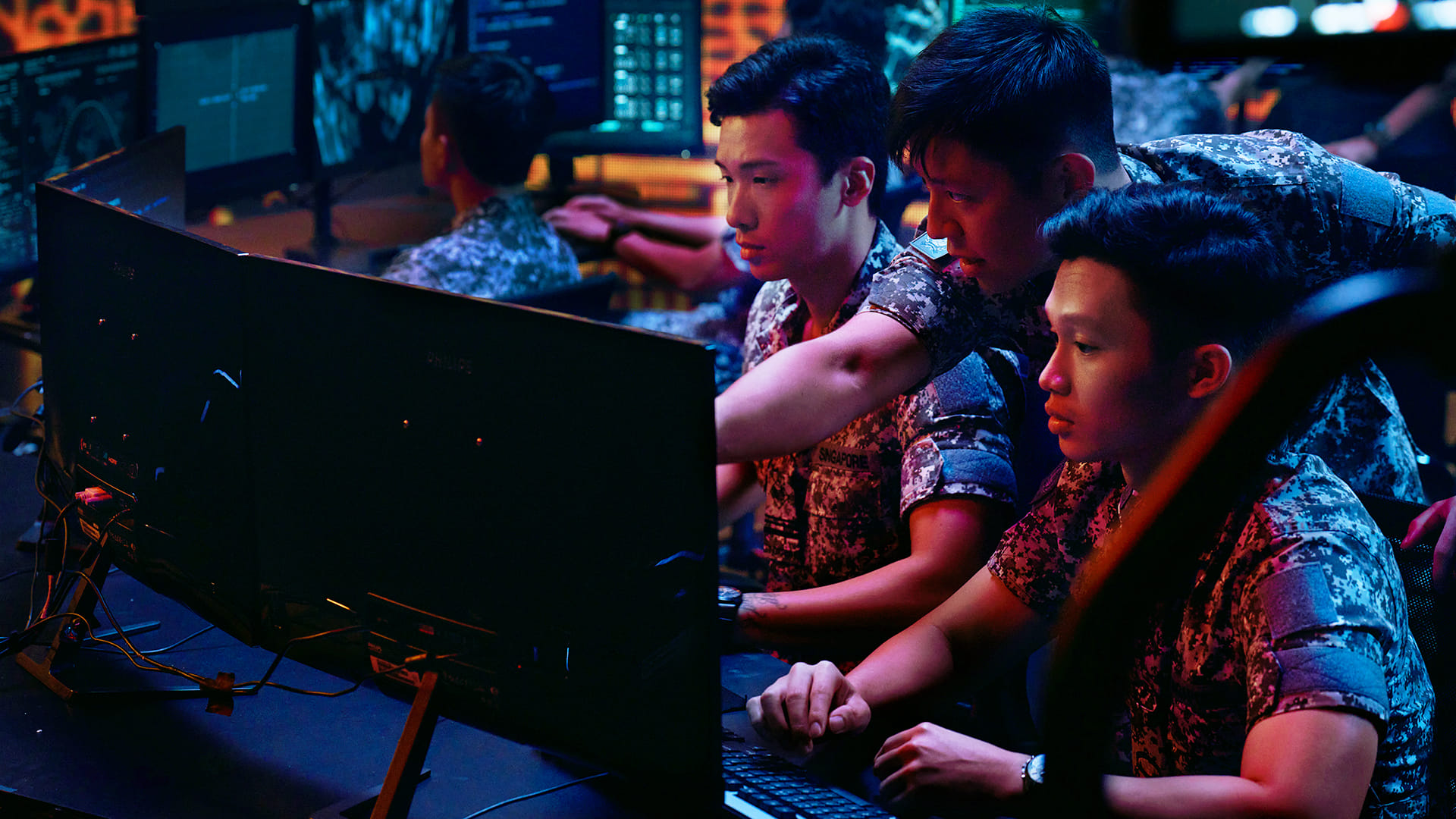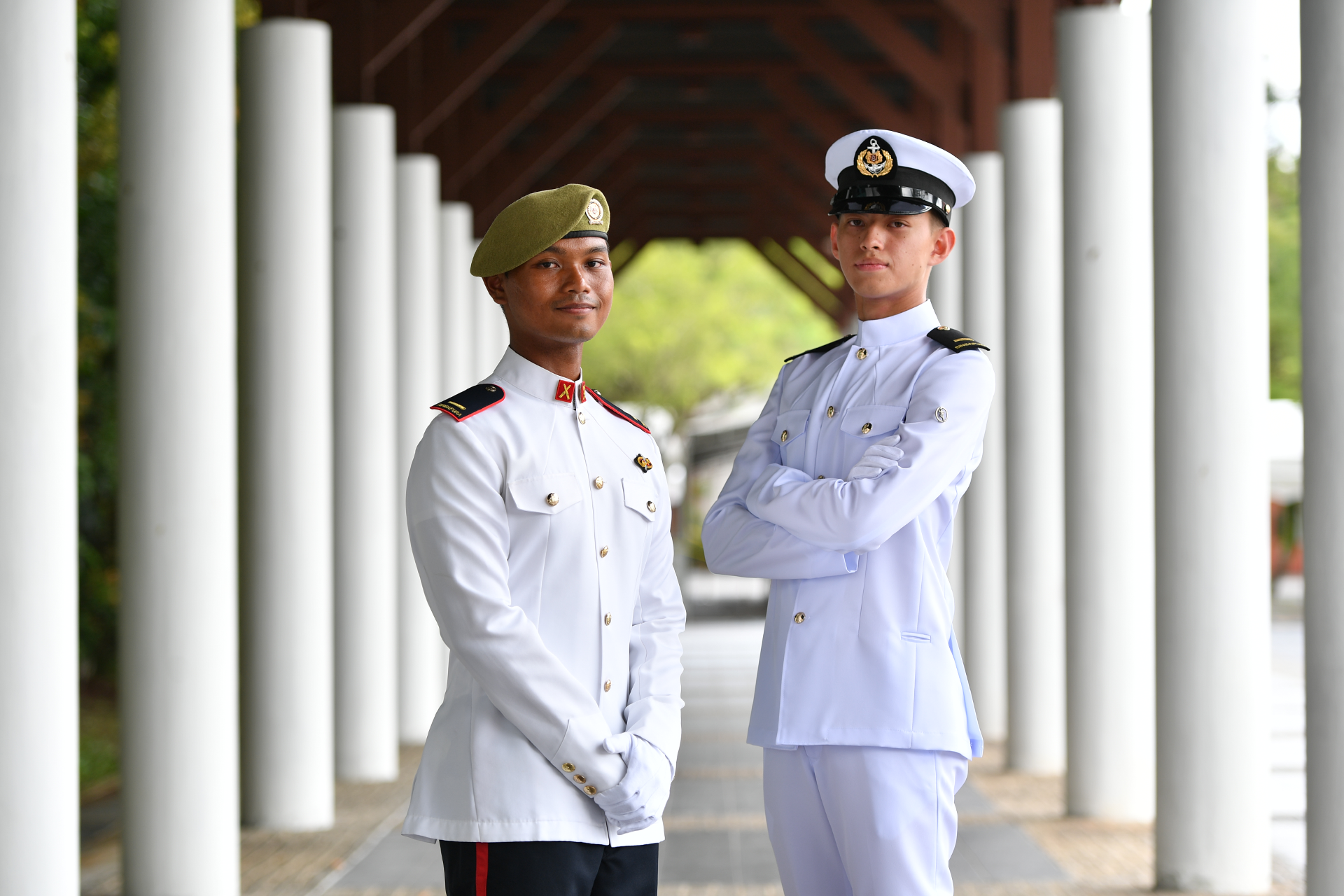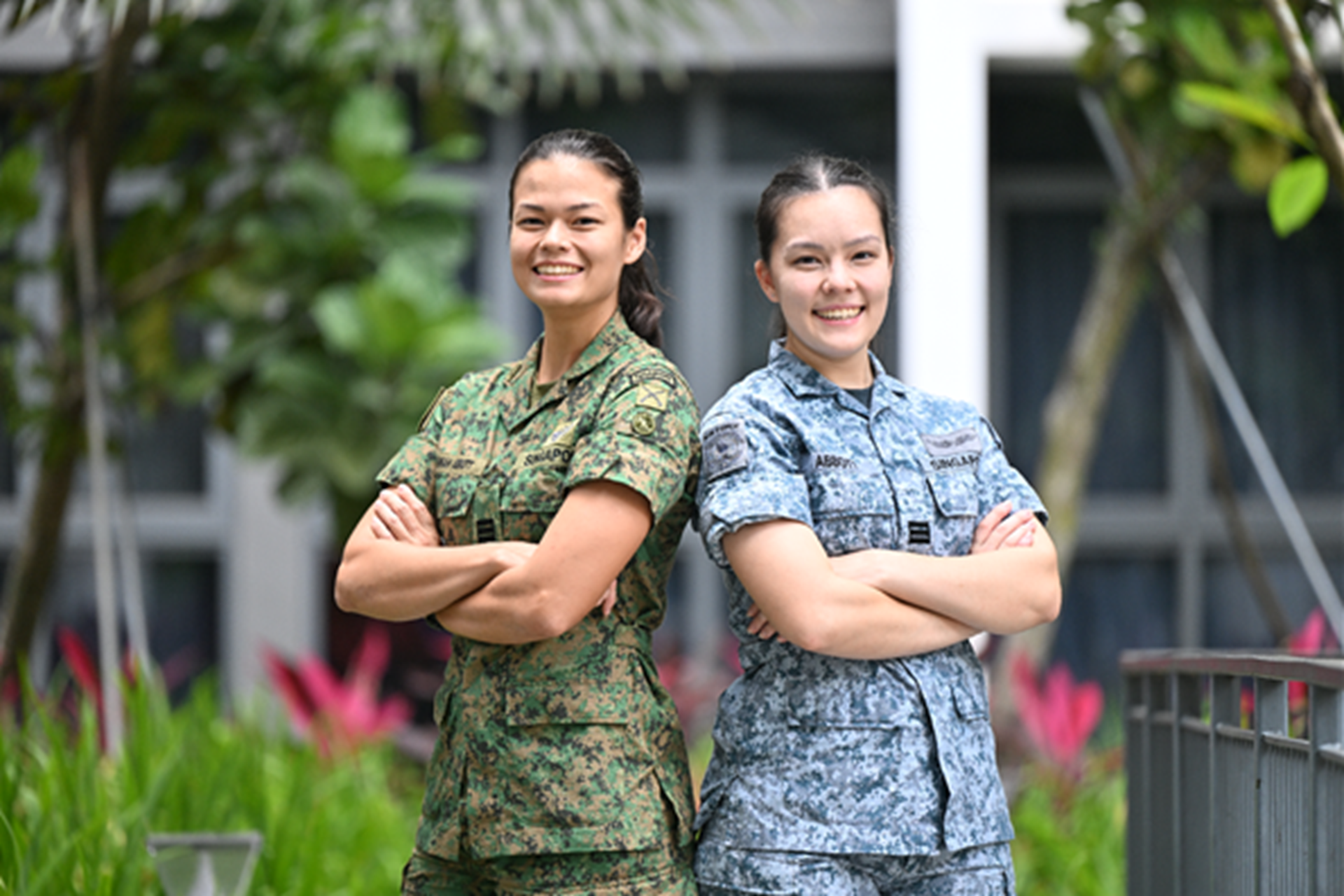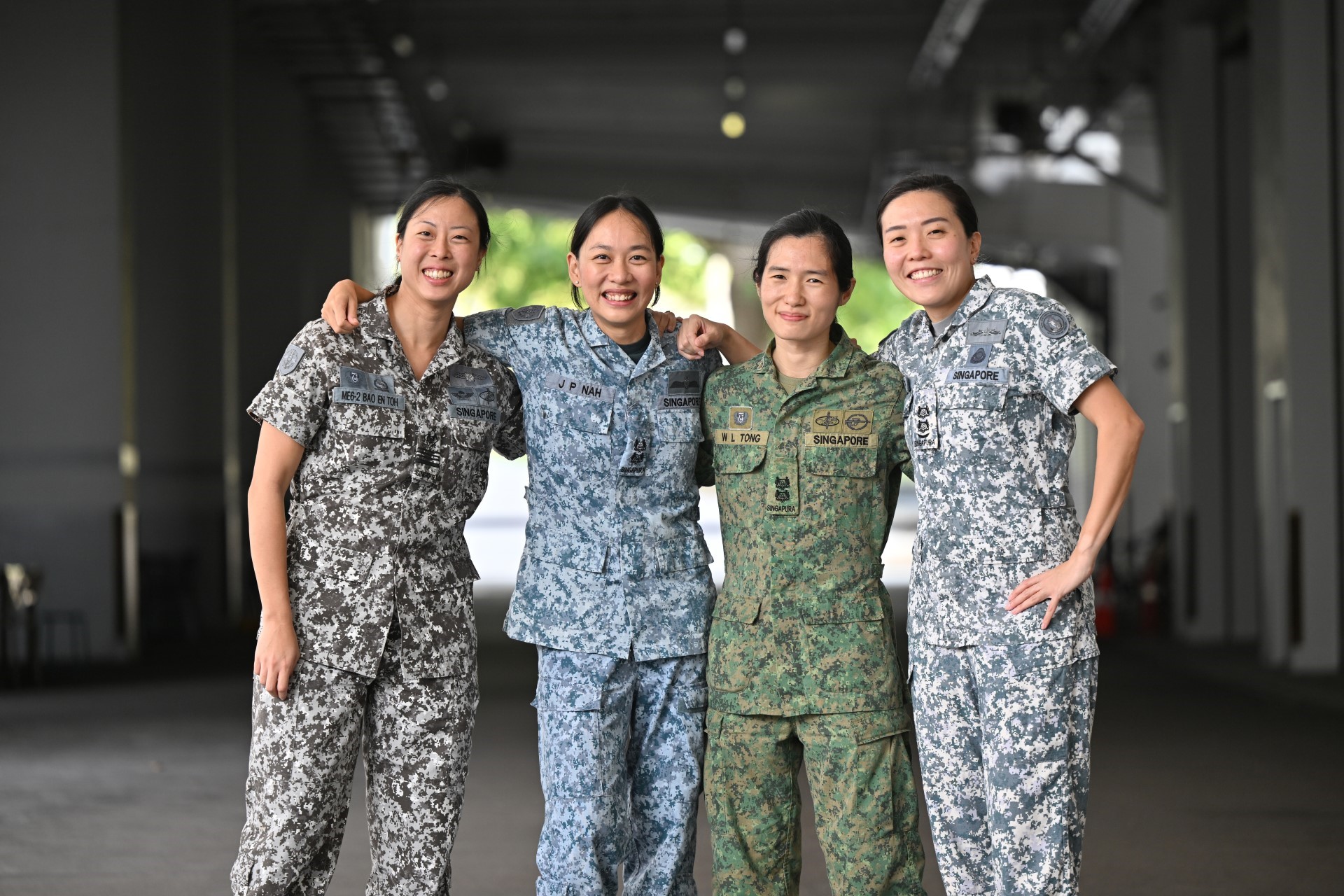ARMOUR CLAD
PHOTO // Courtesy of AmSafe Bridport
In the desolate deserts of Afghanistan, a sand-coloured truck carrying a section of soldiers is speeding across the rough and unforgiving terrain. Half a kilometre away, well hidden in their fortified enclave, sits a group of insurgents, their RPG launcher trained on the lone personnel carrier.
Upon a command, the RPG is fired and streaks towards its target. A normal vehicle would have been obliterated by this attack. Surprisingly, the RPG detonates but the truck trudges on, relatively unscathed, with the soldiers inside nothing more than a little shaken.
Such attacks are a daily threat in deployments in Afghanistan. Since 2009, the British Army has been utilising the Tarian (Welsh for "shield") RPG Armour on its vehicles to make sure that surviving situations such as the above-mentioned are the norm rather than the exception.
Designed to replace traditional slat or "bar" armour which forms a metal cage over military vehicles, this innovative new armour is actually a net made of super-tough fabric.
Lightweight & tactical
Developed by AmSafe Bridport in collaboration with the United Kingdom Ministry of Defence, the patented Tarian system can weigh as little as 5.7 kg/m2, providing weight savings of up to 80 percent compared to traditional bar armour. This also means additional equipment and protection can be added elsewhere on the vehicle.
And in replacing heavy bar armour, the Tarian system will improve a vehicle's fuel consumption. With fuel in the battlefield running at a cost of up to $130 a litre, the Tarian system offers savings of US$70,000 ($89,400) per vehicle in a six-month time frame.
The system's lightweight nature also allows it to be deployed on vehicles such as the High Mobility Multipurpose Wheeled Vehicle (commonly known as the Humvee) that cannot take the weight of heavier RPG armour systems. Fitting Tarian onto these light vehicles broadens their operational capabilities by enabling them to operate in more high-risk environments.
Strong protection
Like bar armour, the Tarian system counters the shaped charge of RPGs. A shaped charge works by detonating at a distance from the surface of the target. The charge, a hollow cone of explosives usually lined with copper, forms a thin pencil of incredibly hot and high-velocity molten metal that penetrates armour plating.
When the nose cone of the RPG collides with the Tarian system, it is damaged and deformed, causing the fuse mechanism of the shaped charge to fail. As a result, the charge does not detonate at the optimum distance from its target.
The Tarian system is able to withstand two to three incoming RPGs per square metre of armour. It achieves this by utilising a patented knotless construction to form a net structure with interwoven cords. The base material of this net is a gel-spun, multi-filament fibre produced from Ultra High Molecular Weight Polyethylene.
A flexible mounting system
The Tarian Flexible Mounting System consists of a series of metallic components used to attach the Tarian armour nets to the vehicle.
Unlike other rigid mounting frames which have to be removed before the vehicle is loaded onto an aircraft or ship, the Tarian swing arm brackets can snap flat against the vehicle, allowing the entire system to be folded flat within minutes.
The armour nets are thus conveniently stowed against the side of the vehicle for transportation and storage.
Band-aid for bar armour
AmSafe has even produced a spin-off product. Using the same technology as the Tarian RPG Armour, the Tarian Quickshield was designed to serve as a temporary solution for damaged bar armour.
The Quickshield comes packaged in a vacuum-packed kit, allowing it to be stowed in any vehicle and be rapidly deployed when the need arises. Crew in vehicles with damaged armour can thus continue on their mission with no loss of protection.
- gallery-content-A-galler
